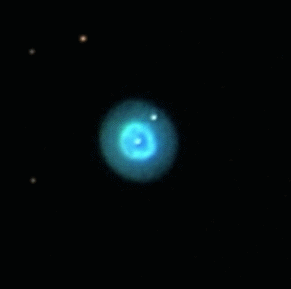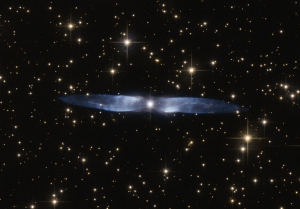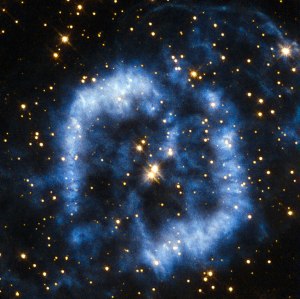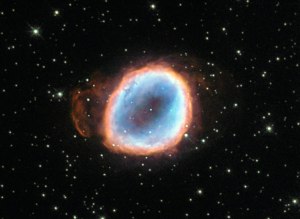Will leave behind a hot, shining corpse called a white dwarf

Space news (astrophysics: the death of a Sun-like star; planetary nebula NGC 2440) – 4,000 light-years from Earth toward the constellation Puppis, watching the stunning, colorful last moments of a star like our own Sun –
Death is not extinguishing the light: it is only putting out the lamp because the dawn has come (quote by Rabindranath Tagore)
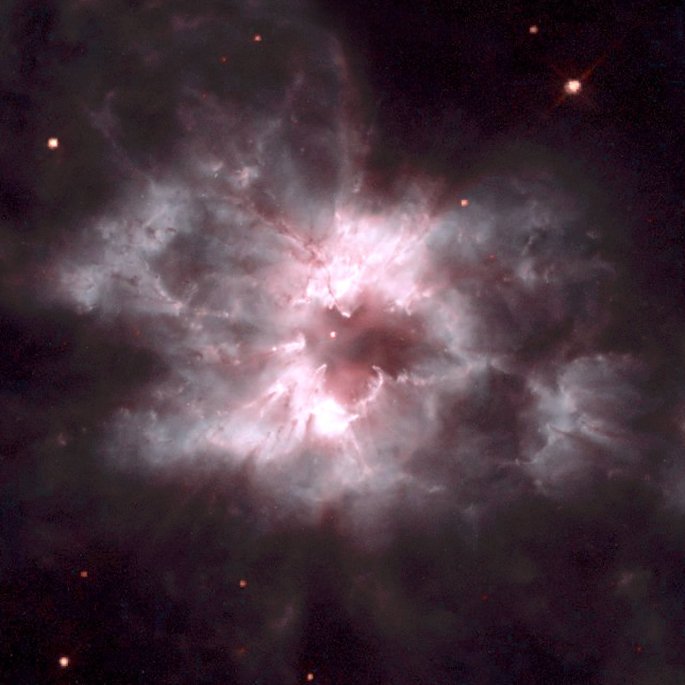
Credit: NASA/ESA and The Hubble Heritage Team (AURA/STScI).
Around 5 billion years in the future, give or take a hundred million, our Sun’s expected to send last hurrahs to the cosmos as seen here in this Hubble Telescope image of planetary nebula NGC 2440. Casting off its outer layers of gas forming a cocoon around the burned-out remains called a white dwarf, it will glow as ultraviolet light it emits strikes the material surrounding it. The Milky Way galaxy’s sprinkled with similar stellar objects astronomers in the 18th and 19th centuries named planetary nebula due to their resemblance when viewed through small telescopes of the time to the disks of distant Uranus and Neptune. Shining at a surface temperature of more than 360,000 degrees Fahrenheit (200,000 degrees Celsius), NGC 2440’s one of the hottest planetary nebula discovered during the human journey to the beginning of space and time.
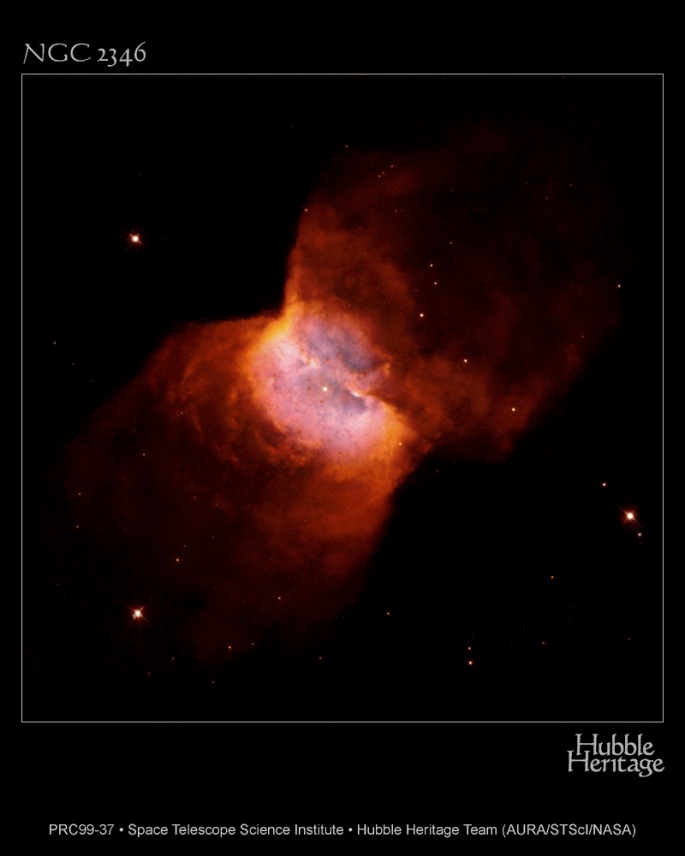
Study of this planetary nebula’s chaotic structure suggests it shed its outer layers of mass in episodic outbursts heading in different directions as seen in the two bowtie-shaped lobes observed in the image at the top. Long, dark clouds of dust forming dark streaks traveling away from NGC 2440 can also be seen, along with expelled helium indicated by blue, oxygen highlighted in blue-green, and nitrogen and hydrogen in red. Matter expelled by the white dwarf glows in different colors, depending on its composition, density, and distance from the hot star.

The final days of stars like the Sun
The present theory concerning the final days of a white dwarf star says it will end its days as a black dwarf star. Unknown billions of years in the future, astronomers believe white dwarf stars could stop emitting light and heat and become cold, stellar bodies. Cold, dark stars our telescopes and present technology would have extreme difficulty detecting accept for the effects of their gravity wells on objects traveling nearby. Unfortunately, our universe is only about 14 billions years old, which is too young for black dwarf stars to exist, if the theory is correct.
Read about NASA’s recently issued challenge to young innovators to “Think Outside the Box”.
Learn more about NASA’s Next Generation Wide-field Infrared Survey Telescope.
Discover how astronomers measure distances to objects on the other side of the Milky Way.
Learn more about NASA’s contributions to the human journey to the beginning of space and time here.
Learn more about the Sun.
Discover more about planetary nebula here.
Learn more about white dwarf stars.
Learn more about black dwarf stars.



